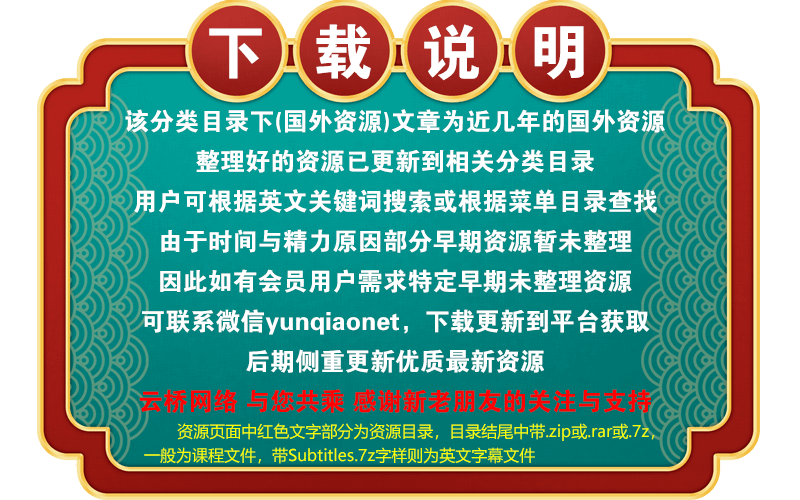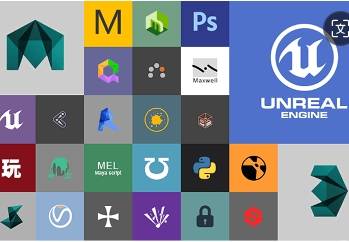Release date:2014, October
Author:Philip Maddock
Skill level:Beginner
Language:English
Exercise files:Yes
3DEqualizer is the industry leading tracking solution. Artists from the world’s foremost VFX houses rely on 3DE to deliver consistent and measured results on major projects. This software is much deeper than a ‘One button solution’ and offers the level of control which highend visual effects demands.
Taught by Philip Maddock, this course will cover a variety of common techniques and practices to get you productive in 3DEqualizer. We will also visit on some of the less obvious areas of the software, such as working with the python interface and understanding the role of lens grids. Designed as a guide to give people a running start in the application, a working knowledge of other tracking applications is recommended.
Maddock is a 3D artist who has been utilising 3DEqualizer4 for the last four years. In that time he has worked in mainly films and TV commercials and has trained artists in both London and Mumbai. Philip is currently working as an artist at The Mill London and is joining to provide the first ever fxphd course on 3DEqualizer.
Class Listing Class 1: Intro to the user interface An introduction to the 3DE interface and a quick look at how we can use python to boost productivity.
Class 2: 2D tracking We will explore the multifaceted nature of the 3DE 2D points.
Class 3: Tracking nodal shots We will take what we have learned already and apply it tracking several nodal shots, each with their own challenges.
Class 4: Tracking free moves We will progress on from our previous lessons by tracking and solving a free moving shot. We will end the class by aligning the scene ready for export.
Class 5: Object tracking Here we will learn how to track and control objects. This will be out first major introduction to manipulating 3DE’s 3D environment.
Class 6: Using geometry Using geometry to influence a camera track is a vital skill. We will look at using prebuilt geo then move onto explore the correct use 3DE’s own primitives.
Class 7: Building a small scene from reference images We will learn how to build point clouds of objects and environments by using reference frames, then learn how to use this data to influence our moving camera tracks.
Class 8: Lens distortion Lens distortion is one of the most commonly misunderstood practices in tracking. We will learn how to tackle it effectively by building up a fundamental understanding.
Class 9: Survey data Using real-world measurements to influence a camera track.
Class 10: Lidar Using a real world scan to influence a camera track.
3de101-class01 3de101-class02 3de101-class03 3de101-class04 3de101-class05 3de101-class06 3de101-class07 3de101-class08 3de101-class09 3de101-class10 [FXPHD] 3DE101 Introduction to 3DEqualizer.7z.001.rar [FXPHD] 3DE101 Introduction to 3DEqualizer.7z.002.rar [FXPHD] 3DE101 Introduction to 3DEqualizer_Subtitles.7z
 Channel and
Channel and  Group
Group
1、登录后,打赏30元成为VIP会员,全站资源免费获取!
2、资源默认为百度网盘链接,请用浏览器打开输入提取码不要有多余空格,如无法获取 请联系微信 yunqiaonet 补发。
3、分卷压缩包资源 需全部下载后解压第一个压缩包即可,下载过程不要强制中断 建议用winrar解压或360解压缩软件解压!
4、云桥网络平台所发布资源仅供用户自学自用,用户需以学习为目的,按需下载,严禁批量采集搬运共享资源等行为,望知悉!!!
5、云桥网络-CG数字艺术学习与资源分享平台,感谢您的赞赏与支持!平台所收取打赏费用仅作为平台服务器租赁及人员维护资金 费用不为素材本身费用,望理解知悉!



评论(0)